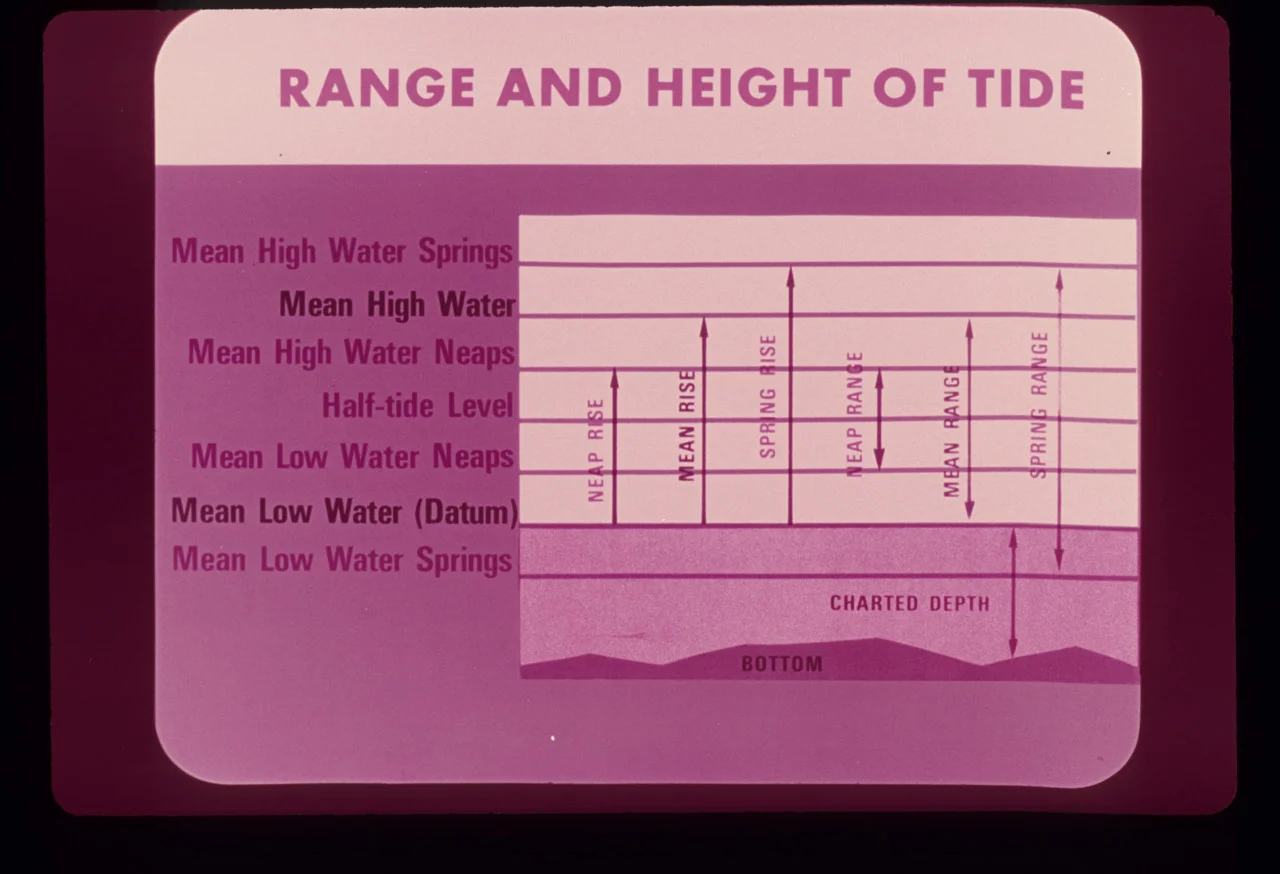What’s so great about time?
Time is an interesting thing. Today, seconds, minutes and so on are defined by the vibrations of a cesium atom. But back in the day there was lunar time and solar time and everyone had their own version of time. When railroads started criss-crossing the nation just over a hundred years ago, even New York and Boston had different times of day. When it was noon in Boston it could be 12:17 in New York. This made scheduling train travel very difficult.
Eventually we realized that if we standardized time we could standardize the coming and going of people and commodities and thus unlock immense value and efficiency in the marketplace.
The move for everyone to have an online timeline - a standardized graph of their experiences - is no less revolutionary. Think about what we can learn about ourselves and each other when we have an accurate representation of who did what when and where! The WWW of the World Wide Web should be changed to Who What When. Misappropriation of acronyms happens to be a pet peeve of mine, however (Dear NYPD, CPR cannot mean Courtesy, Professionalism, Respect), so we won’t push that point.
Our approach with Timelinks is to create an open system of chronological standardization so we can better share our memories and experiences. Whether you’re doing legal research, journalism, criminal justice, or just want to understand how you connect to your loved ones and community, analysis of how lives intersect requires a standard platform and time is obvious, simple, and elegant.
That said, a timeline - in the old, I’m in 5th grade and trying to do my homework sense - is really a two-dimensional solution to a three-dimensional challenge. In creating Timelinks, we understood time to be textured and rich. We sought to break out of the old model and offer a space to explore these intersections and shared histories. So that’s what we built.
I’ll get back on track in telling the story of the business but wanted to express our philosophy a bit.








